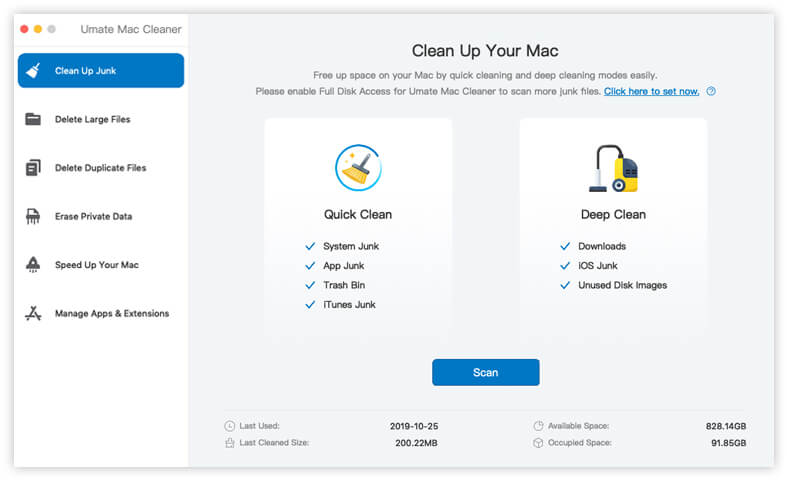

CLEARING OUT TEMP FILES ON A MAC MAC
Individual Mac apps may also have their own file caches.
CLEARING OUT TEMP FILES ON A MAC HOW TO
Now, just delete anything you don’t want How to clear app caches Click Go, and you’ll be taken to your Caches folderĤ. Enter ~/Library/Caches in the window that appearsģ. Here’s how to delete your Mac’s system cache:Ģ. For that reason, you might want to clear your Mac’s system cache every now and then. In any case, these files can end up cluttering up your disk space and slowing down your Mac. These files can range from tiny to quite large files, depending on what they’re for and what app created them. Most Mac apps create temporary cache data. It checks which files are safe to delete, so you don't accidentally remove essential files.

If you're in any doubt, use a cleaning tool like MacKeeper. Be wary of deleting cache files from apps you’re actively using, as you run the risk of deleting your work or progress.

Make a copy of all the folders, so you can reinstate them in case you encounter issues. You will have to be more careful when deleting cached files in apps, though, because some developers store important files in the cache folders. You shouldn’t run into any major issues if you delete cached files from system-level ( /Library/Caches/) and user-level folders ( ~/Library/Caches/). It’s good to be careful about deleting stuff from your Mac, but it’s generally safe to remove cached data. If any of these things happen, then it can be a good idea to clear caches on your Mac. That can include information you’ve entered into web forms, your browsing history, and so on Cached data may contain private information that you don’t want other people to see.Cached data may also become corrupted, causing your Mac to behave unpredictably.They can also end up hogging disk space that could be put to better use.If they grow too large, they can affect your Mac’s speed, particularly if you have an older slower machine.Why delete Mac caches?Ĭaches are generally good for your Mac, but they can cause issues too:

And it includes other optimization tools like a Memory Cleaner, so you can give your Mac an instant speed boost. It lets you find and safely remove cached data in just a couple of clicks. One of the quickest and easiest ways to clear cached files on your Mac is to use MacKeeper. In this guide, we’ll show you how to do just that. But there are times when you’ll want to clear them out. Usually, caches are helpful, and most of the time, you shouldn’t need to touch them. That makes browsing faster and reduces the load on websites. Web browsers have caches, for example, where they store content from web pages, so when you return to those pages, your browser doesn’t have to load that content again. Operating systems like macOS have caches, but so do individual apps. Quite simply caches are areas where computers temporarily store data that they’ll likely need again soon. Macs, like all computers, use caches to help them maintain performance.


 0 kommentar(er)
0 kommentar(er)
